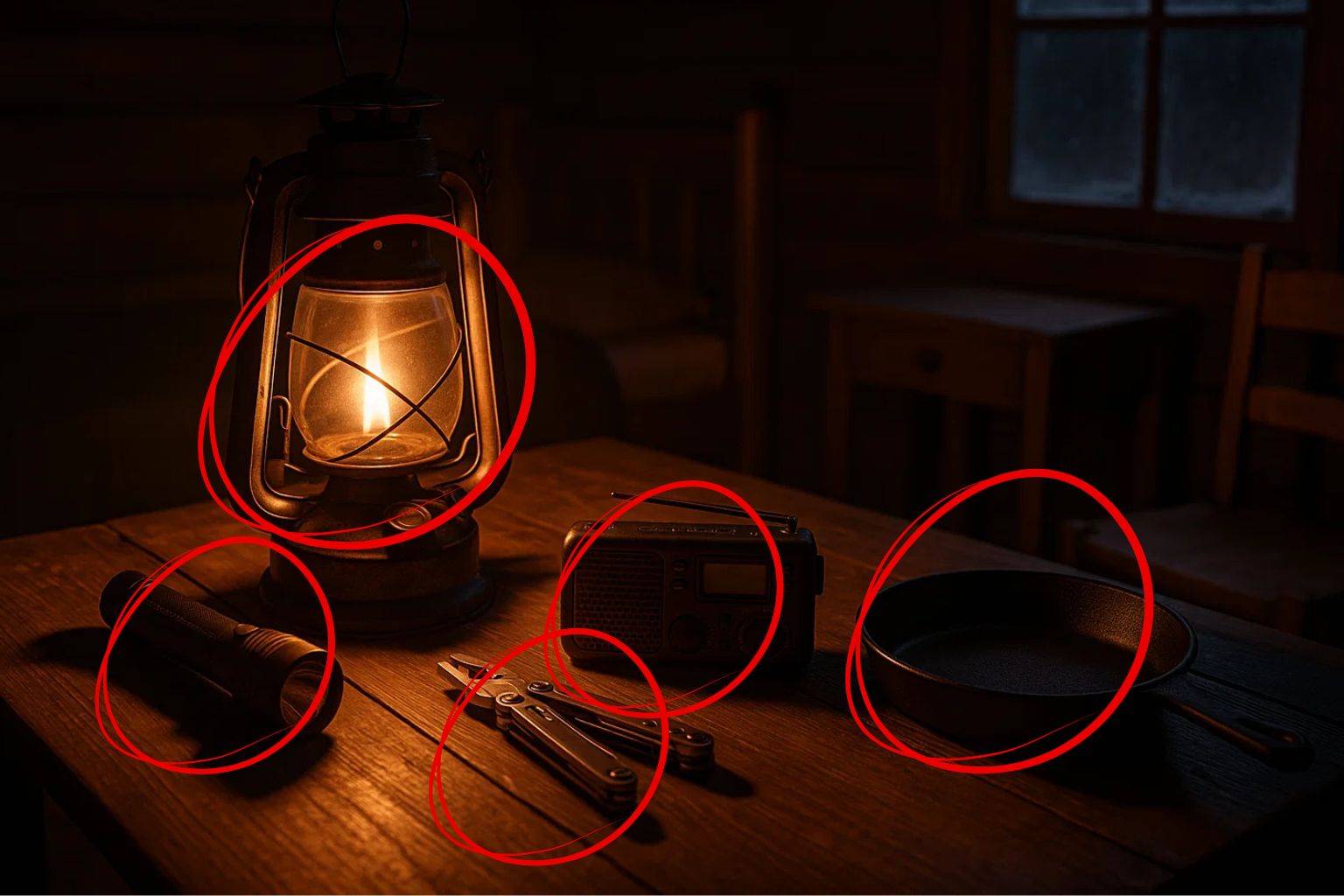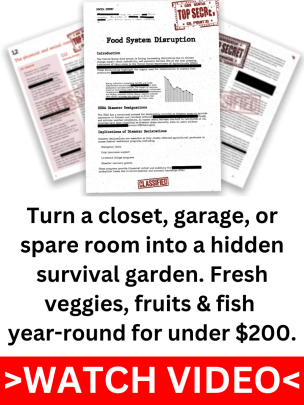Hi folks, this is David Brown. Let’s be honest about a topic that should be on everyone’s mind, particularly if they live in a city, natural catastrophes. With skyscrapers all around and everything you need only a short stroll away, it’s simple to feel unstoppable. But believe me, those same buildings and congested streets may turn out to be more of a liability than a barrier when Mother Nature chooses to have a tantrum.
How then do you get ready? Allow me to guide you through it.
Being Ready for Tornadoes
Let’s kick things off with tornadoes. Consider yourself fortunate if you have never gone through one. In a couple of minutes, a tornado has the power to completely upend your world. The truth is that being a city dweller does not provide immunity. Actually, those high buildings have the potential to worsen conditions by creating wind tunnels.
Searching for a safe place is the first step in becoming tornado ready. Your best option is your basement, if you have one. The next best thing, though, for many of us city people, is an internal room on the lowest floor that has no windows, such as a closet or bathroom. The more barriers that separate you from the outside, the better.
You might be wondering, “What’s the big deal about securing loose objects?” Well, in a city, there’s a lot of items laying around that may become missiles when the winds kick up-think garbage cans, bikes, and patio furniture. I make it a point to bring everything inside or tie it down before a storm arrives. And, if possible, fortify your windows; flying glass is something you definitely do not want to deal with.
Flood Preparedness
Flooding is another major concern, particularly in cities where all that concrete does nothing to absorb water. Flash floods may quickly transform a peaceful neighborhood into a roaring torrent. I recall seeing it firsthand-it’s quick and deadly.
The first step in flood preparedness is to determine if your location is flood-prone. Most cities offer flood maps that can show you the lay of the land. When I realized that my neighborhood was under threat, I did not hesitate. I grabbed some sandbags and put them around the doors and windows. It’s a simple move that can have a big impact.
Additionally, it’s crucial to know your escape routes if you find yourself in a flood zone. I drove about for a while, trying to figure out the best routes to higher land. With the water rising all around you, this is the last thing you want to be doing.
Hurricane Safety Preparation
Let’s now discuss hurricanes. These storms may bring about complete chaos, particularly in densely populated cities. Everything is included in the deal, including the winds, water, and power outages.
Purchasing storm shutters was one of my first actions after relocating to a hurricane-prone location. However, boarding up your windows with plywood also works if that isn’t a possibility. The goal is, quite simply, to keep the wind and debris out.
Now, what should you include in your emergency supplies? I get this question frequently. You should have enough non-perishable food and drink to last at least three days. Include a battery-powered radio, flashlights, additional batteries, a complete first-aid kit, and any medications you may require. And, believe me, put everything in watertight containers. The last thing you want to do is open your emergency pack and discover everything soggy.
Being Ready for an Earthquake
Earthquakes are a distinct type of beast. They strike without notice, and the devastation in a city may be serious. I’ll never forget the first earthquake I felt-it felt like the entire world was falling apart.
The first thing I did was secure all of my heavy furnishings. Anything that can tip over, including bookshelves, televisions, and cabinets. I walked outside and grabbed some straps to secure them to the walls. It is a little investment that may save your life.

You might be thinking, “What should I have in an earthquake emergency kit?” Along with the basics-food, water, first aid supplies-I made sure to add dust masks, sturdy shoes, and a whistle. If you’re dealing with debris, you’ll be glad you did.
Remaining Secure
Certain fundamental safety precautions are relevant in all scenarios, regardless of the kind of disaster: tornado, flood, hurricane, or earthquake. The most important lesson I learnt when I started taking my preparation seriously was how important it is to be proactive.
My family and I got down and worked up a strategy for an emergency. We decided on a meeting spot in case we got separated, how to communicate in case the phones malfunctioned, and ensured that everyone was aware of the location of the emergency supplies. Not only did we practice it, but we also discussed it. That’s essential.
Another important factor to consider is being informed. I registered for emergency notifications in my region and made sure I had a battery-powered radio in case the power failed. Knowing what’s going on around you may make a huge impact when making split-second judgments.
Prepare for Urban Disasters
City life has its advantages, but it also presents some unique obstacles in terms of catastrophe preparedness. Urban catastrophe preparedness necessitates a different attitude than living in the suburbs or out in the country.
One of the wisest things I did was get to know my neighbors. In a catastrophe, having people you can rely on and who can rely on you is priceless. We discussed our goals, exchanged resources, and ensured that we had each other’s back.
I also made sure to utilize the services that my city provides. I participated in local planning meetings, emergency warnings, and training on disaster preparedness. When things go wrong, understanding your city’s disaster plan and how you fit into it may be quite important.
Organizing with the City
Planning for disasters in cities is a big task that you should be aware of. I spent some time learning about the emergency management division of my community.
I took my time researching the specifics of shelter locations, evacuation routes, and emergency contacts. Although it may not seem like much reading, trust me when I say that knowing this information might save your life.
I also checked to make sure I had a good evacuation strategy. I explored and rehearsed many routes out of the city. It is not the time to be trying to figure things out when every second matters. Of course, I also always had a go-bag prepared with water, food, a change of clothing, essential paperwork, and cash on hand.
Stocking Up
When it comes to emergency supplies, I’ve always believed in being too prepared. You never know how long you’ll be on your own till aid arrives.
I made sure my primary emergency kit had the essentials: non-perishable food, water, first aid items, flashlights, and batteries. But I did not stop there. I added prescription prescriptions, pet supplies, and hygiene goods since those are the things you’ll miss the most when they’re gone.
And where you keep your supplies is just as crucial as what’s inside them. My primary kit is kept in a convenient location for fast access on the way out the door, and I keep smaller kits in my car and at work. Everything is put in waterproof containers since you don’t want your supplies to be spoiled when you need them the most.
Safe Haven
Sometimes the safest place to be is exactly where you are. That is why creating a secure place in your home is so crucial. This is where you go when it’s too unsafe to go and you have to wait out the storm.
In my house, I chose a room on the lower floor, away from windows and as centrally located as feasible. If you have a basement, that is ideal. Otherwise, an interior bathroom or closet will suffice. I reinforced the door and packed the chamber with essentials such as water, food, first aid supplies, flashlights, and a battery-powered radio.
Having a safe place to go is important, but so is ensuring sure that location is outfitted with everything you need to stay safe and comfortable until the threat has passed.
Wrapping It Up
Natural disasters are a reality of life, particularly in cities. You cannot prevent them, but you can plan for them. Being prepared is the greatest way to deal with a tornado, flood, hurricane, or earthquake.
How to safeguard yourself and your loved ones. Urban living has obstacles, but with the correct information and preparation, you can handle anything that comes your way.
Remember that planning ahead of time is the key to surviving a crisis. Take this opportunity to evaluate your preparations, stock up on emergency supplies, and keep educated about the hazards in your area. By doing so, you are not only preparing for a crisis, but also ensuring that you and your family have the highest chance of surviving it unharmed.






















